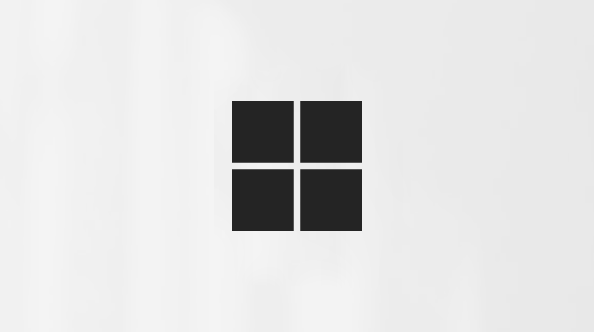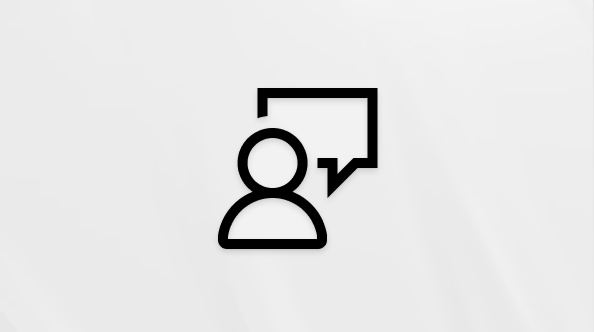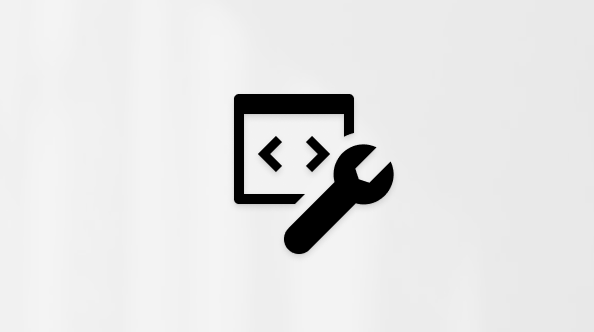April 8, 2025 Security update (KB5055526)
Applies To
Release Date:
4/8/2025
Version:
OS Build 20349.3453
For information about Windows update terminology, see types of Windows updates and the monthly quality update types. To find an overview of Azure Stack HCI, version 22H2, see its update history page.
Improvements
This security update includes quality improvements. The following summary outlines key issues addressed by the KB update after you install it. Also, included are available new features. The bold text within the brackets indicates the item or area of the change.
-
[Daylight Saving Time (DST)] Update for the Aysen region in Chile to support the government DST change order in 2025. For more info about DST changes, see the Daylight Saving Time & Time Zone Blog.
-
[OS Security] After installing this update or a later Windows update, a new %systemdrive%\inetpub folder will be created on your device. This folder should not be deleted regardless of whether Internet Information Services (IIS) is enabled on the target device. This behavior is part of changes that increase protection and does not require any action from IT admins and end users. For more information, see CVE-2025-21204.
For more information about security vulnerabilities, see the Security Update Guide and the April 2025 Security Updates.
To find more info on Azure Local, see Azure Stack HCI.
Azure Stack HCI, version 22H2 servicing stack update (KB5055668)- 20348.3440
This update makes quality improvements to the servicing stack, which is the component that installs Windows updates. Servicing stack updates (SSU) ensure that you have a robust and reliable servicing stack so that your devices can receive and install Microsoft updates. To learn more about SSUs, see Simplifying on-premises deployment of servicing stack updates.
Known issues in this update
Audit Logon/Logoff events in the local policy of the Active Directory Group Policy might not show as enabled on the device even if they are enabled and working as expected. This can be observed in the Local Group Policy Editor or Local Security Policy, where local audit policies show the "Audit logon events" policy with Security Setting of "No auditing".
This issue might only manifest as a reporting inconsistency. It’s possible that logon events are correctly being audited on the device. However, the “Audit logon events” policy will reflect that this is not the case. Home users are unlikely to be affected by this issue, as logon auditing is generally only necessary in enterprise environments.
This issue was resolved by Windows update released April 11, 2025 (KB5058920). To keep your device performing at its best, make sure you have the latest update for your device. It contains important improvements and issue resolutions.
How to get this update
Before you install this update
Microsoft now combines the latest servicing stack update (SSU) for your operating system with the latest cumulative update (LCU). For general information about SSUs, see Servicing stack updates and Servicing Stack Updates (SSU): Frequently Asked Questions.
To install the LCU on your Azure Stack HCI cluster, see Update Azure Stack HCI clusters.
Install this update
To install this update, use one of the following Windows and Microsoft release channels.
|
Available |
Next Step |
|||
|
|
This update downloads and installs automatically from Windows Update and Microsoft Update. |
|
Available |
Next Step |
|||
|
|
This update downloads and installs automatically from Windows Update for Business in accordance with configured policies. |
|
Available |
Next Step |
|||
|
|
To get the standalone package for this update, go the Microsoft Update Catalog. |
|
Available |
Next Step |
|||
|
|
This update automatically syncs with Windows Server Update Services (WSUS) if you configure Products and Classifications as follows: Product: Azure Stack HCI Classification: Security Updates |
If you want to remove the LCU
To remove the LCU after installing the combined SSU and LCU package, use the DISM/Remove-Package command line option with the LCU package name as the argument. You can find the package name by using this command: DISM /online /get-packages.
Running Windows Update Standalone Installer (wusa.exe) with the /uninstall switch on the combined package will not work because the combined package contains the SSU. You cannot remove the SSU from the system after installation.
File Information
For a list of the files that are provided in this update, download the file information for cumulative update 5055526.
For a list of the files that are provided in the servicing stack update, download the file information for the SSU (KB5055668) - version 20348.3440.











